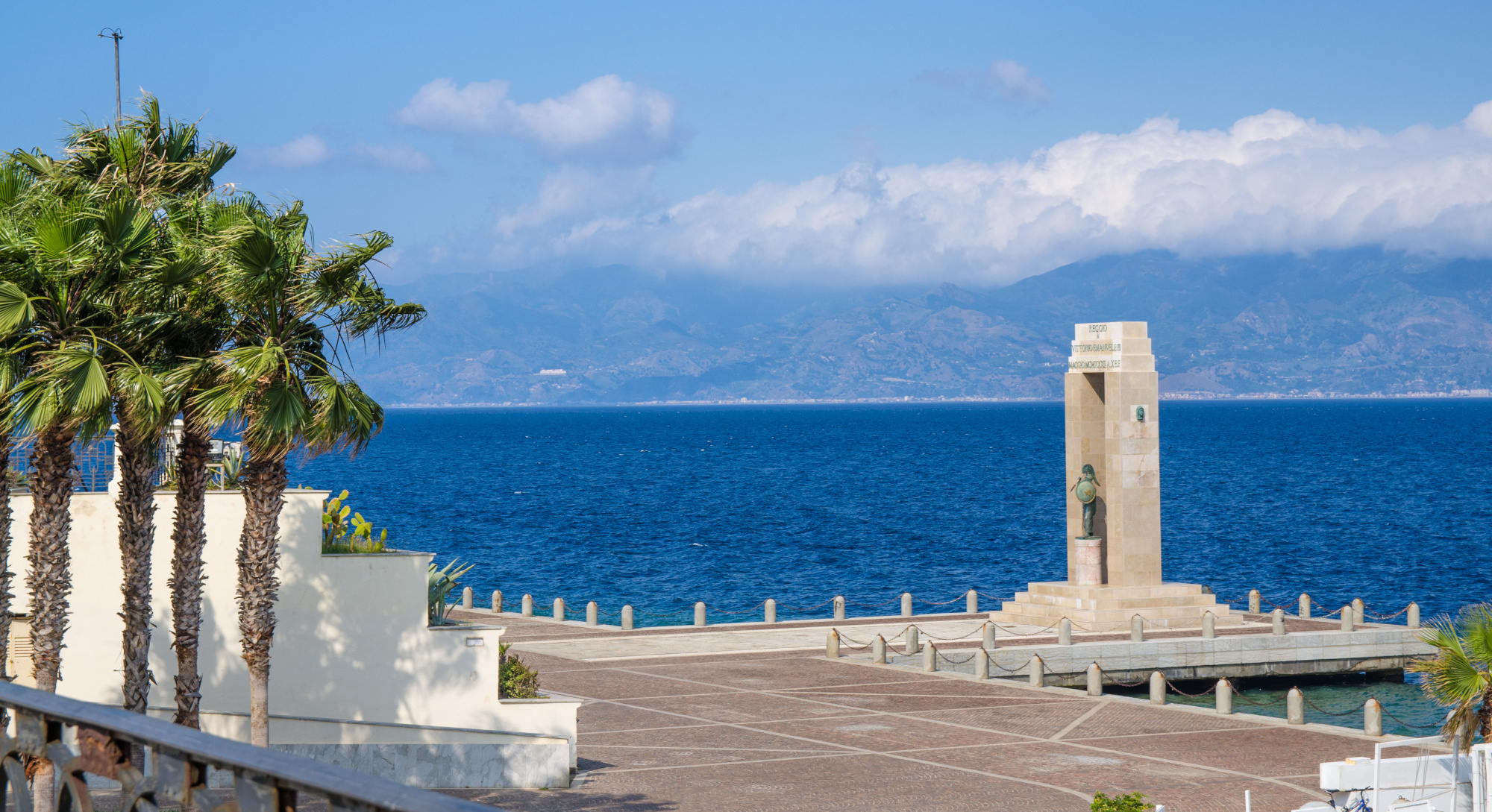FAR SIDE OF THE ADC: HOW TO CORRECTLY COPE WITH THE DIGITIZATION
LECTURER
Dominique Dallet
ABSTRACT
Radio receivers are now present in many sectors especially with the development of the Internet of Things (IoT). Indeed, these mixed signal architectures are likely to receive more signals than ever before over a wide range of input power due to the distance between transmitter and receiver, the presence of different transmission standards or the fading. At the core of the digitization stage lies the analog to digital converter (ADC). Despite its fundamental role, ADC capabilities and limitations are often misunderstood. First, we present the ADCs operating, their different architectures and the trade-off involved. We also open a new perspective about digitization in the case of the reception of multiple signals. Indeed, we introduce in a new way some undervalued ADC parameters. Among them, there is the dynamic range. Theoretically, the dynamic range corresponds to the ratio between the largest and smallest values an ADC can measure and is bounded by its resolution. With this definition, if a signal is located between two successive quantum levels i.e. an intra-quantum signal, it will be impossible to detect whatever the chosen representation method. Thus, this notion is fundamental to understand the ADC limitation in the digitization of weak but valuable signals. We detail our work on the intra-quantum digitization and more precisely on how to correctly choose the right ADC for your system. This work was presented in two CAS conferences and in the instrumentation and measurement (IM) field and extended in a transaction paper.
SHORT BIOGRAPHY
Dominique Dallet received the Ph.D. degree in electrical engineering from the University of Bordeaux, Talence, France, in 1995. From 2010 to 2013, he was the Head of the Electronic Embedded System Department. He is currently the Head of the Electronic Design Group at the IMS Laboratory, University of Bordeaux. He is currently Full Professor in the field of digital electronic design with the Engineer School Bordeaux INP, and he is doing his research at the IMS Laboratory (Laboratoire de l’Intégration du Matériau au Système, Bordeaux INP, University of Bordeaux CNRS UMR 5218). He has authored over 200 papers in international and national journals or in proceedings of peer-reviewed international conferences, book chapters, and patents. His current research interests include data converter (A/D–D/A) modelling and testing, parameter estimation, digital signal processing implementation in different targets (application-specified integrated circuit and field-programmable gate array), and electronic design for the digital enhancement of analog and mixed electronic circuits (ADC, DAC, power amplifier). Dr. Dallet received as co-author the István Kollár Award for the Best Paper presented at the IMEKO-TC4 2016 Symposium, entitled "Accurate Sine-Wave Frequency Estimation by Means of an Interpolated DTFT Algorithm." During 2015 to 2019, he has been the Chairperson with the Technical Committee "Measurement of Electrical Quantities"—IMEKO TC4.



